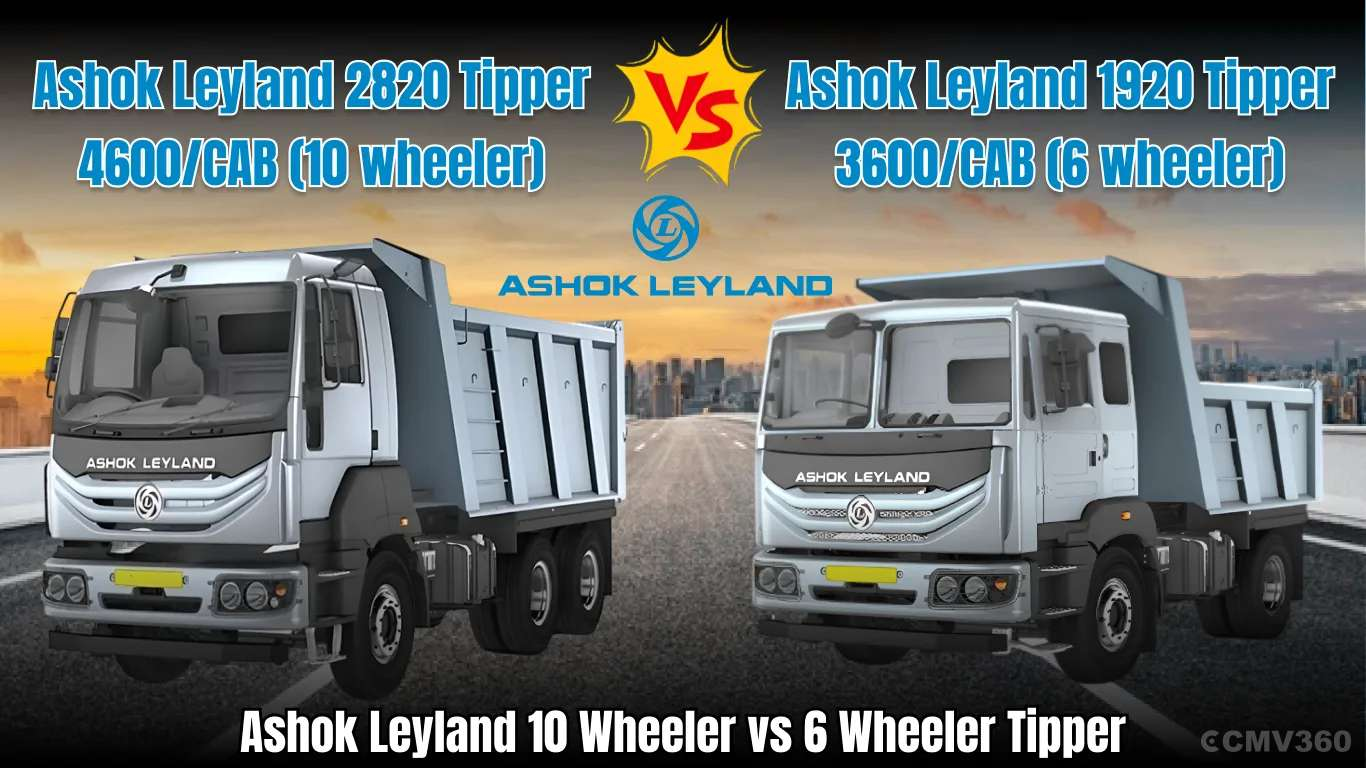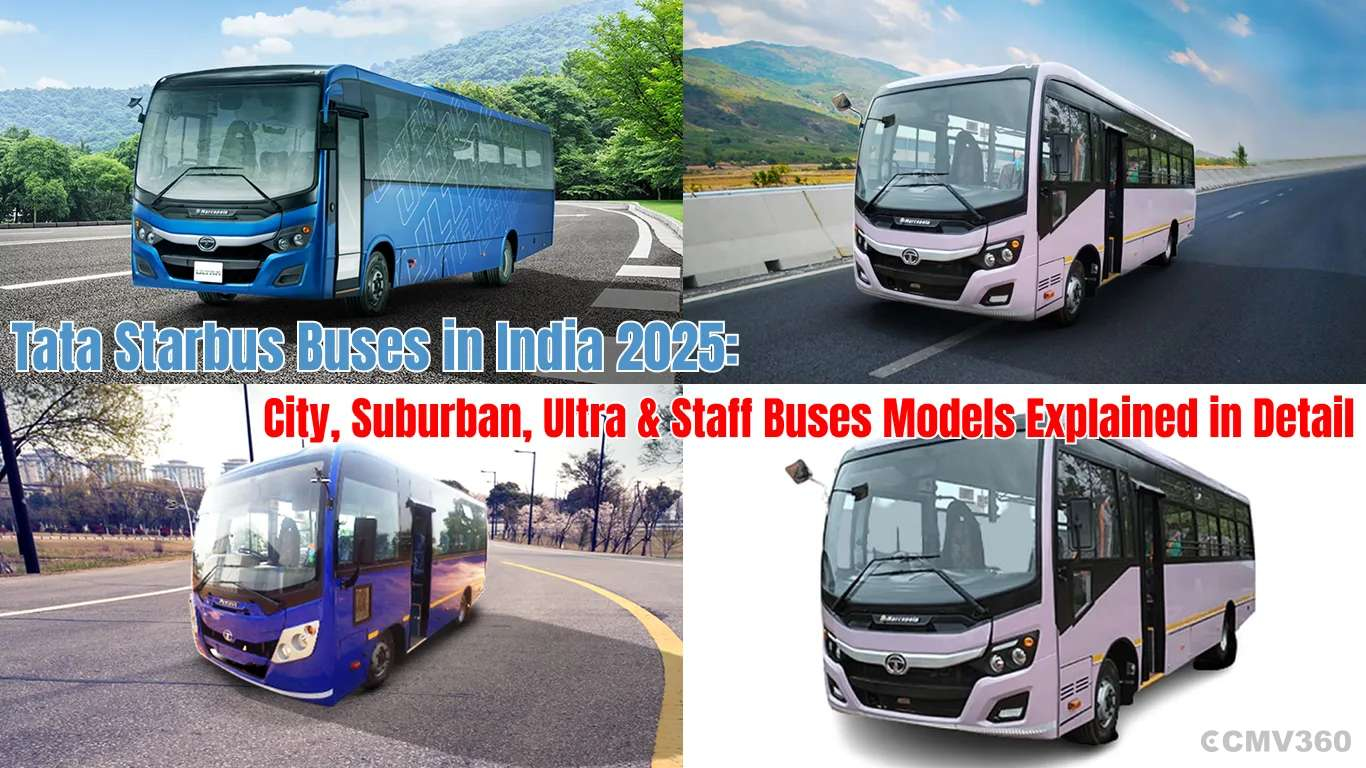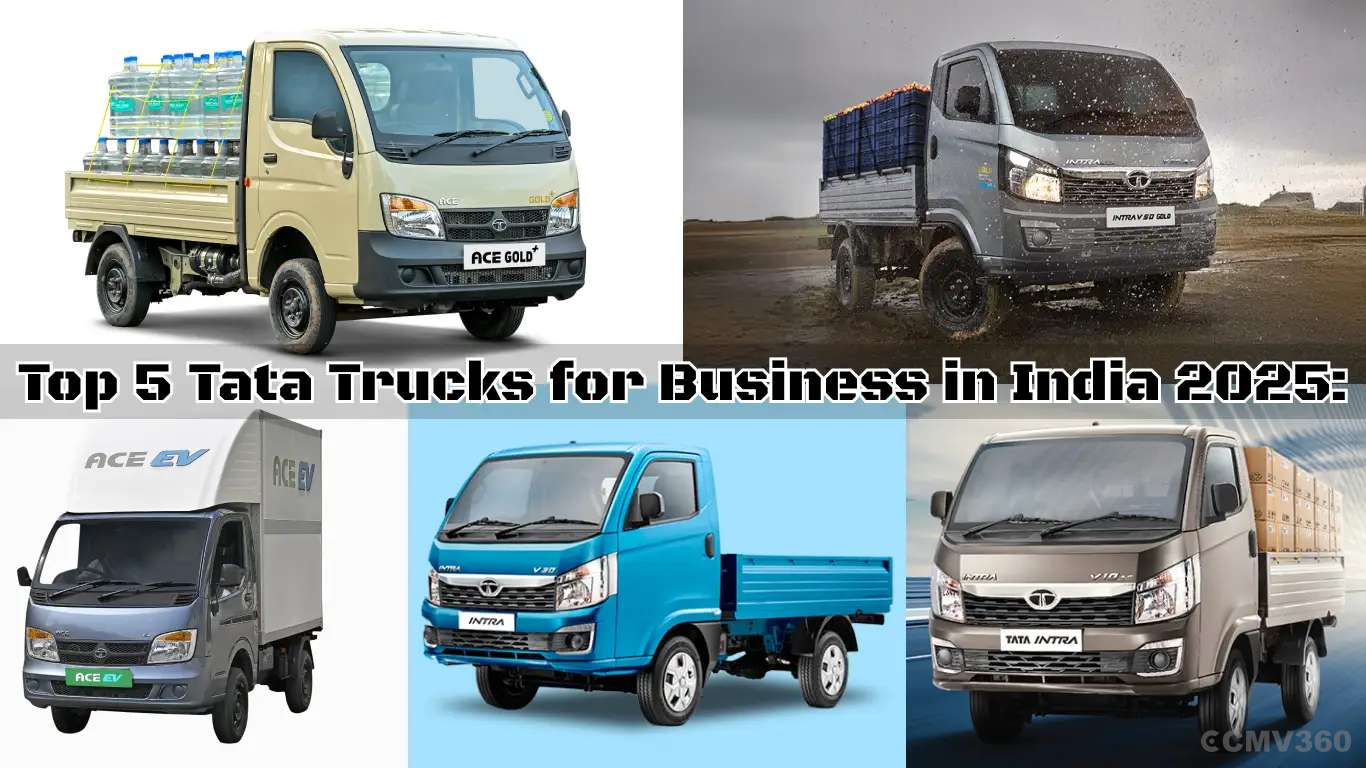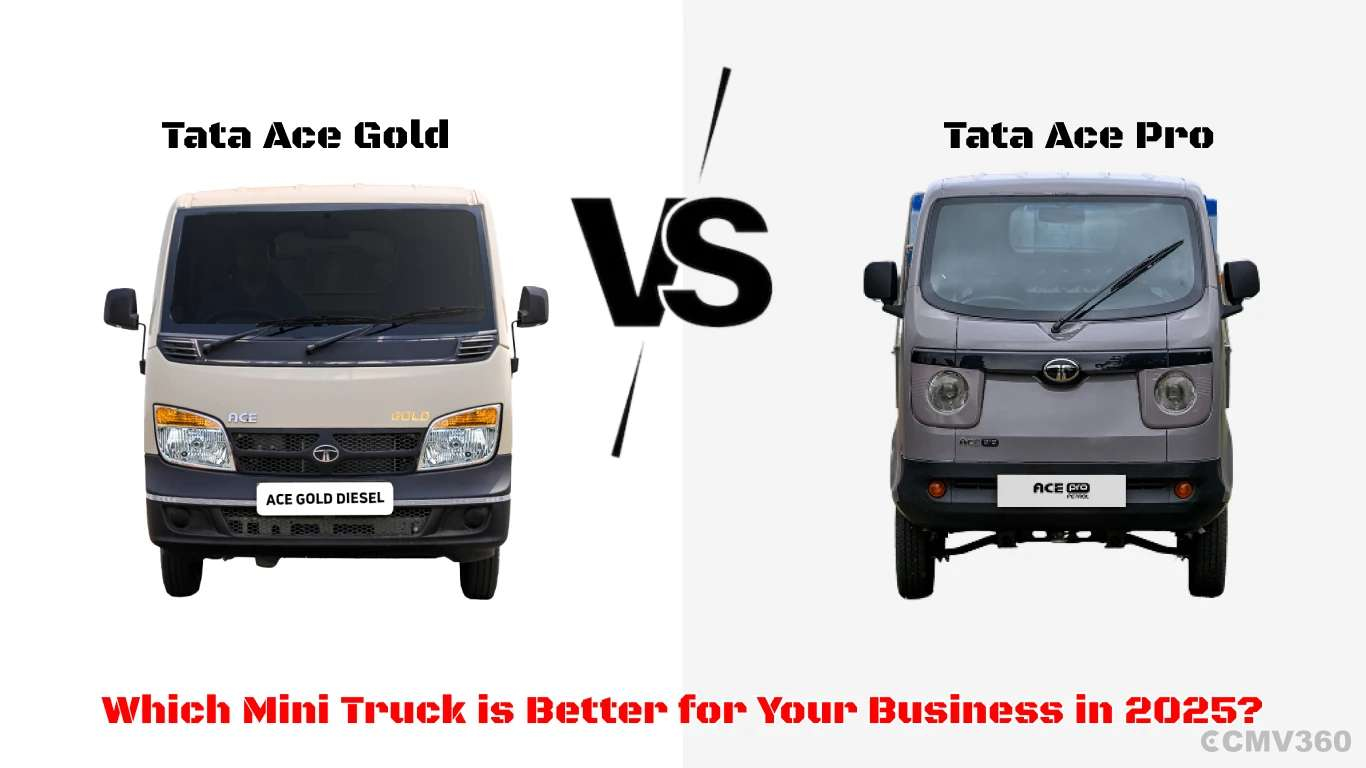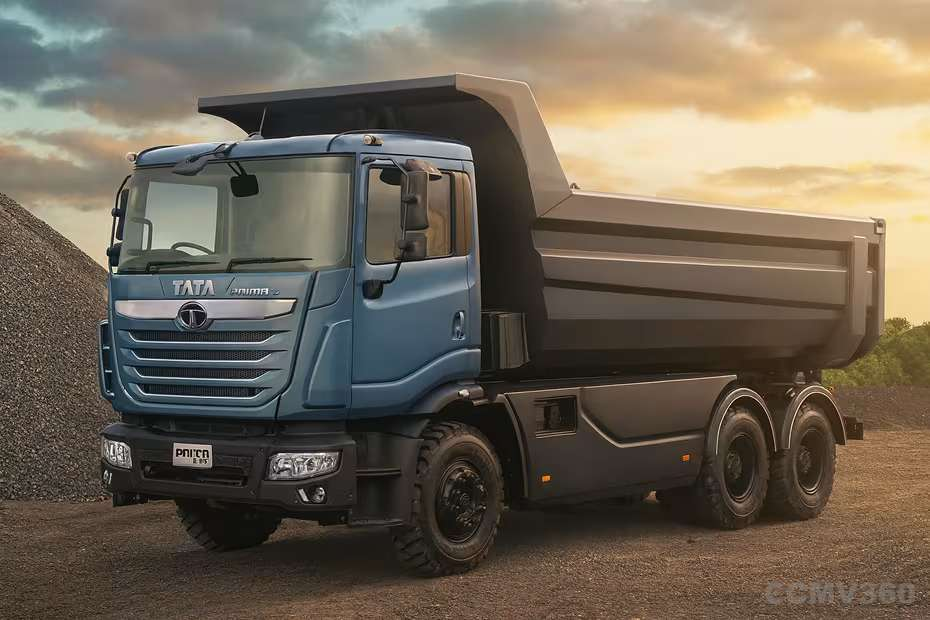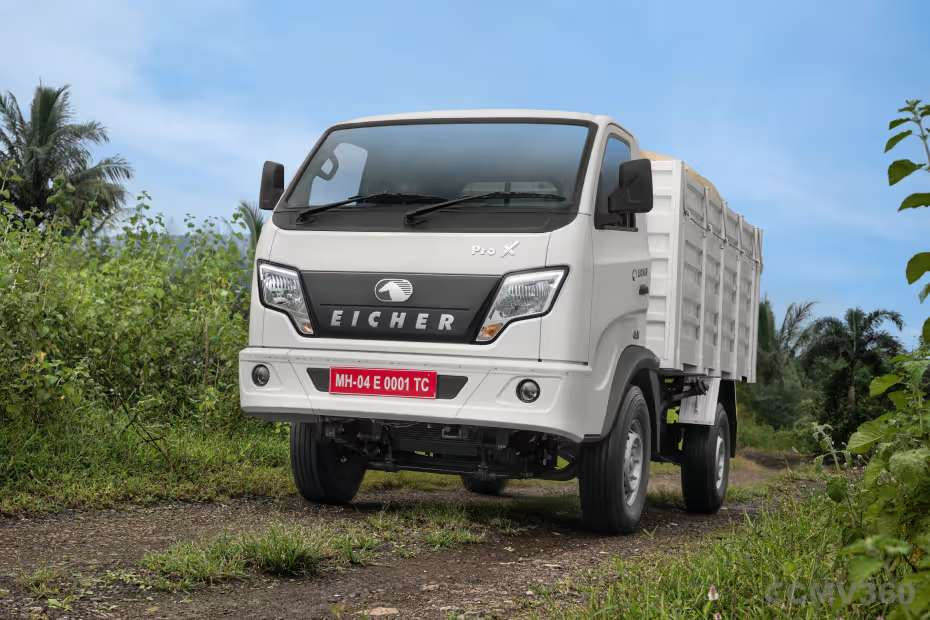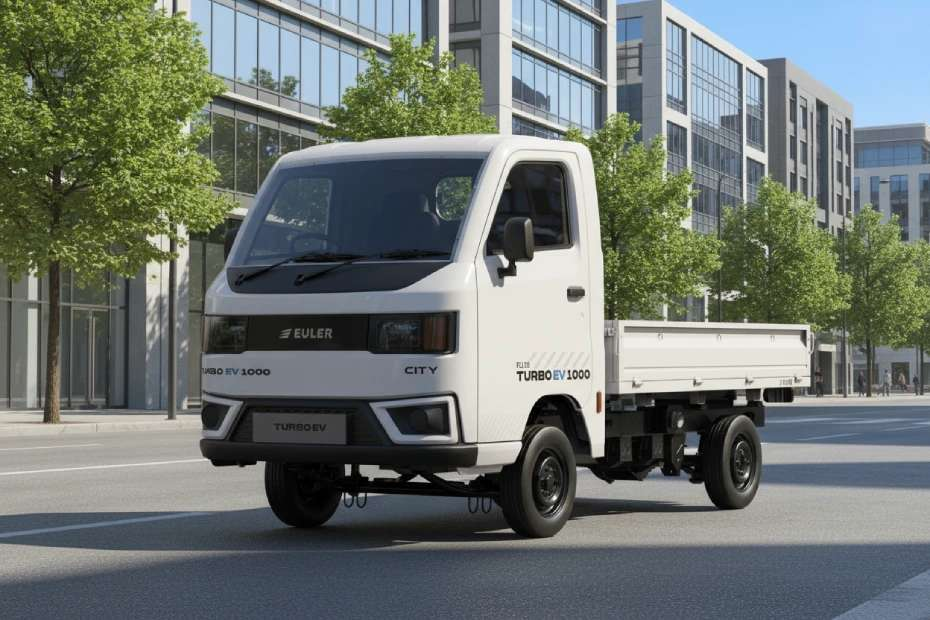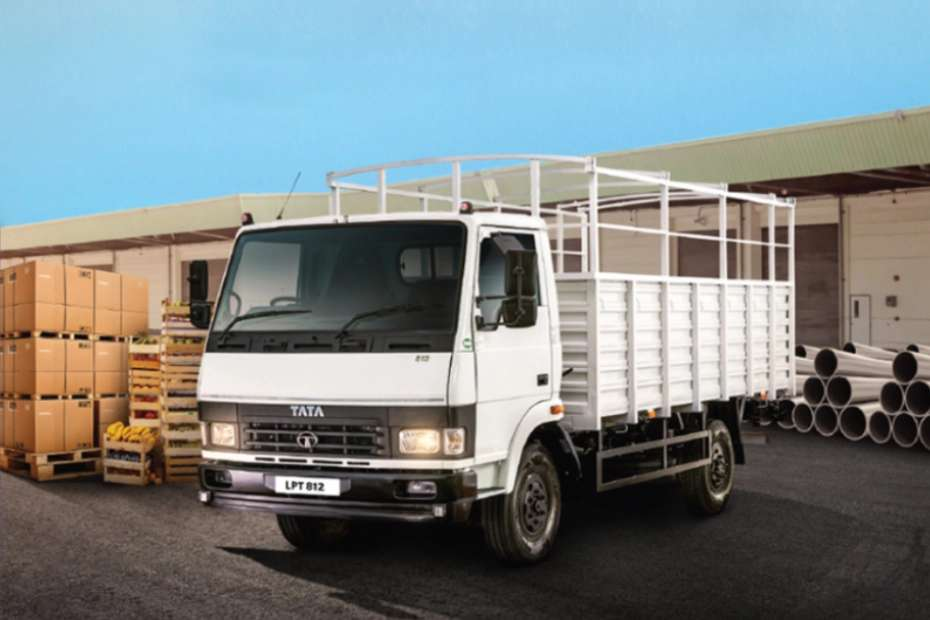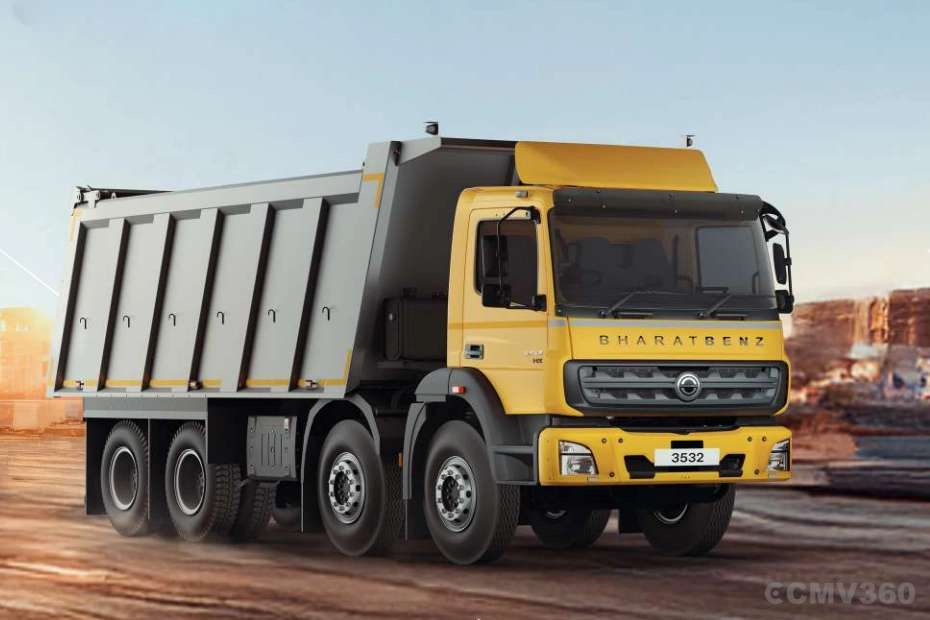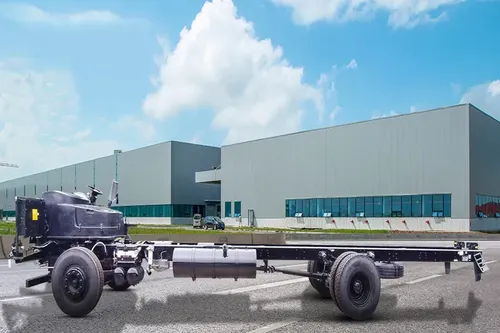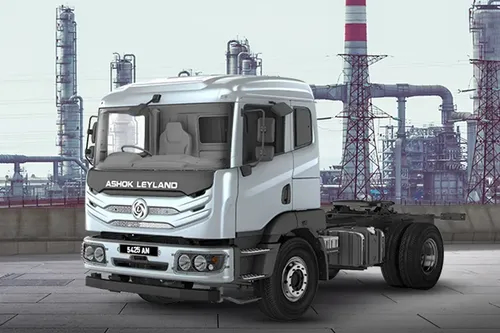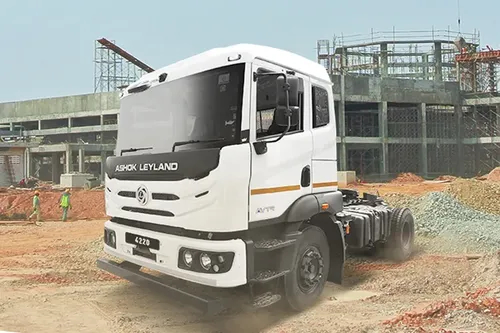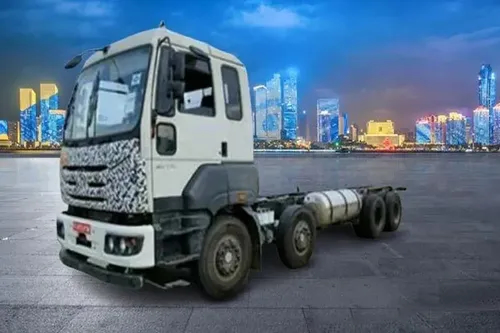Ad
Ad
Why is wheel balancing important?
What is Wheel balancing? Everything You Need to Know About Wheel Balancing

Driving a truck is smooth when the automobile wheel is precisely balanced. But, if it is not properly balanced, you may experience a jerk while driving a truck or any other vehicle. The shaking can be felt in the steering wheel or the seat. Similarly, if the wheel is not precisely aligned, it may wear down the tire as well as the steering wheel, making driving difficult.
As a result, wheel alignment and balancing are required. Without it, your ride will be uncomfortable, and you will be more prone to accidents. As a result, the best option is to have it checked by a nearby Automotive Service Shop or Tires Service.
To understand Wheel Alignment and balancing, you must first understand what these terms signify and how they affect your vehicle and life.
Concept of Wheel Balancing

It is a technique that equalizes the combined weights of the tyre and wheel assembly so that it spins smoothly at high speeds. The idea is to distribute the weight evenly around the axle. While the wheel rotates, asymmetries of mass can lead it to hop or wobble, causing ride disturbances, typically vertical and lateral vibrations.
Sometimes, Wheel balancing issues wear down your tyres, as well as your shock absorbers, struts, and steering wheel. Both of your wheels must be balanced at all times otherwise your vehicle's performance will suffer and your service costs will rise.
Wheel balancing is solely concerned with the relationship between the wheel and the tyre. It refers to the process of balancing the weights of the wheel and the tyre. Balancing is always done in conjunction with wheel alignment to keep the weight and alignment coordination in sync.
When a wheel revolves, the weight along its spinning axis must be appropriately balanced; otherwise, the wheel would vibrate and wobble. Wheel balancing is required to avoid imbalanced weights.
Why wheel balancing is important?
- Balanced wheels provide a more comfortable ride.
- Vehicle mileage improves with balanced wheels.
- Increases tyre life.
- Suspension protects your vehicle and ensures a safer ride.
How is wheel balancing done?
- Remove all four tyres from the car and place them on a computerized wheel balancer.
- Each of the four wheels is independently evaluated for weight imbalance, and the computer simulates all of the specific anomalies.
- The weight imbalance is addressed by installing counterweights on the rim at the exact location specified by the computer.
- If the imbalance persists, the wheels are tested again.
When should the wheels' balancing be checked?
- When your steering wheel rattles at high speeds.
- When your seats and floorboard tremble at high speeds, it is frequently due to an imbalance in the rear wheels.
- Wheel balancing is advised every 5,000 to 10,000 kilometers of driving.
What if you don't check the wheels' balancing?
- Because of the abnormal scalloping/cupping on the tyre surface, you'll need a new pair of tyres shortly.
- It applies uneven pressure to the tyre treads/pattern, resulting in hotspots and uneven wear.
- If overlooked at the start, it may put a strain on your vehicle's bearings and suspension, resulting in a loss.
Wheel Balancing Service Types:
- Normal Wheel Balancing
Conventional wheel balancing entails evenly dividing the weight of the wheel and tyre. The weight can be measured when the repairman balances it on the spinning wheel. There is a potential that the wheel will be unbalanced. The serviceman adds a small weight to balance it out. When the weight is evenly distributed, the tyre rotation will be smoother.
- Computerized Wheel Balancing
Vibration and jerk-free driving will be provided by computerized wheel balancing. It will also improve the smoothness, which will benefit the fuel economy. It is not done by hand, but by technology, which is free of defects and human error.
How can you determine if your truck needs to be balanced? Here are a few examples:
- Vibration
- Sounds from Tires
- Tires that have worn out
- Tires Replacement
- Imbalance in Pressure
If you notice that one of your tyres is losing pressure, you will most likely experience imbalanced driving. If you continue to drive without fixing the pressure discrepancy, you will need to keep the tyres balanced once the pressure problem has been resolved.
Vibration at a specific speed is one of the most obvious symptoms that your truck's tyres are out of balance.
Concept of Wheel Alignment

Wheel alignment entails adjusting the wheels so that they remain parallel to each other. The angles must be fixed in such a way that they remain perpendicular to the ground and parallel to one another. When the suspension is changed, it affects the handling capacity of the car or two-wheeler and causes unanticipated tyre wear. To minimize excessive tyre wear or steering wheel troubles, thoroughly inspect the items impacting the alignment.
Wheel alignment implies that all of the wheels on the vehicle are properly aligned. These settings are generally adjusted throughout the time and usage of a truck or car to keep them correctly aligned. Installing new tyres, new suspension, or tyre wear are just a few of the reasons you should check your wheel alignment.
Theoretically, it is the act of ensuring that the geometric angles of the Caster, Camber, and Toe in a tyre are proper. If you don't know these angles, don't worry, it is explained below. You must make sure that you get the alignment done on a regular basis, well how frequently, read on for more details.
When should I get my wheels aligned?
- Your automobile was damaged
- You detect uneven or unusual tyre wear.
- You have handling concerns such as the vehicle dragging to the left or right and the steering not returning easily after a turn.
- When you replace your steering and suspension components, make sure you get a wheel alignment check at that service center before you leave.
- A wheel alignment is advised in any of the above conditions or after driving for 50,000 km.
What Factors Influence Wheel Alignment?
Toe-in: Using the TOE angle to detect an uneven wheel alignment is one method. When the front of both tyres faces each other, it is a positive toe; when they face opposite directions, it is a negative toe. The proper toe angle is required to extend the life of the tyre.
Camber: Camber is the angle of a wheel measured in degrees. Camber is classified into three types: positive, negative, and zero. When the top section is leaning outward, it is positive; when it is leaning inward, it is negative. If it is not repaired immediately, the tyre will wear out. Because of it average life of the tyre will be reduced. It might cause tyre tread damage and steering issues.
Caster: The angle of the steering pivot determines how the front wheel of your vehicle responds to the pivot's suspension. It is measured in degrees - positive and negative - and is visible from all sides. When the top of the pivot tilts towards the rear, the caster is positive; when the camber tilts towards the front, the caster is negative. Even after the inclination of a wheel is equalized, it still jerks with the slightest bump. In any case, you should have it checked.
Consumers frequently misinterpret wheel alignment as an adjustment to the wheels themselves. Wheel alignment is the process of adjusting the suspension of a vehicle to create an appropriate angle at which the tyres make contact with the road.
How often should you have your wheels aligned and balanced?
Wheel alignment and balancing should be performed every 6000-8000kms on average, as well as when purchasing a new set of tyres.
Is Wheel Alignment the Same as Wheel Balancing?
Wheel balancing examines how a wheel rotates in its center, whereas wheel alignment examines the direction of the wheel with respect to each other and the tire's center point.
Minor negligence in these factors can result in problems. Wheel balance and alignment, which are frequently used interchangeably, are entirely different terminologies and methods. Having said that, both are as necessary and should be treated with similar care for a smoother and safer ride in your vehicle.
Features & Articles
EXCON 2025 Spotlight: Tata Motors Unveils Powerful New Diesel, CNG & Electric Commercial Vehicles for Construction and Mining
Tata Motors showcases powerful diesel, CNG, and electric commercial vehicles at EXCON 2025, highlighting innovation, productivity, sustainability, and advanced solutions ...
18-Dec-25 10:26 AM
Read Full NewsAshok Leyland 1920 vs 2820 Tipper Comparison: 6-Wheeler or 10-Wheeler – Which Is Better for Construction & Mining?
Compare Ashok Leyland 6 wheeler vs 10 wheeler tipper trucks. Detailed 1920 vs 2820 comparison covering price, specs, GVW, performance, usage, and buying guidance for cons...
17-Dec-25 12:29 PM
Read Full NewsTata Starbus Buses in India 2025: City, Suburban, Ultra & Staff Buses Models Explained in Detail
Explore the Tata Starbus 2025 range in India, including City, Sub Urban, Ultra, and Staff Contract buses with prices, features, seating capacity, and performance details....
15-Dec-25 12:16 PM
Read Full NewsTop 5 Tata Trucks for Business in India 2025: Prices, Payload, Features, Full Details & Complete Buying Guide
Discover the top 5 Tata trucks in India 2025 with prices, payload, engine details, features, pros and cons. Simple, easy-to-read buying guide to help you choose the best ...
11-Dec-25 05:34 AM
Read Full NewsTop Tata Ace Models in India 2025: Complete Guide for Small Businesses and Last-Mile Transport
Explore all Tata Ace models in India 2025 with prices, features, payload, mileage, and benefits. A simple and complete guide for small businesses and last-mile delivery b...
19-Nov-25 12:01 PM
Read Full NewsTata Ace Pro vs Tata Ace Gold: Which Mini Truck is Better for Your Business in 2025?
Compare Tata Ace Pro and Tata Ace Gold in detail. Know their price, specs, performance, and features to choose the best mini truck for your business in 2025....
13-Nov-25 12:36 PM
Read Full NewsAd
Ad

